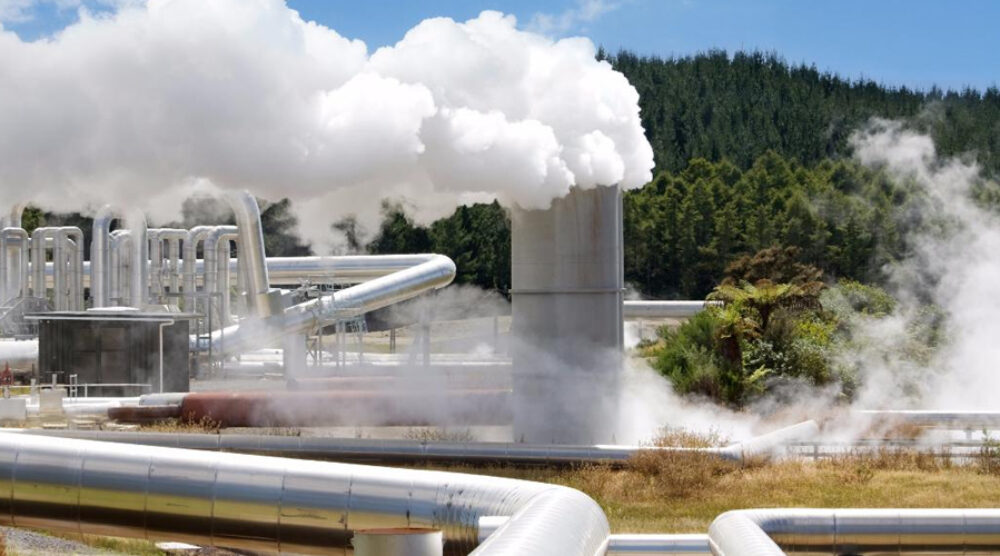Steam generated from geothermal power plants have been used to heat houses and cook food in Japan for almost a century. However, it wasn’t until seams of steam were found at the Matsuo mine in 1952, that the first geothermal power plant was built in Hachimantai.
The Fukushima nuclear disaster in March 2011 drastically changed the energy consumption pattern of Japan. Not being able to rely on nuclear energy, the country turned to fossil fuels and attempted to increase the share of renewable energy in its electricity generation mix.
Associate Professor Tapan Sarker has co-authored a paper with colleagues from Japan and the USA that explores why geothermal energy is stagnating in Japan, despite the availability of resources and technologies.
The researchers first analyse the various barriers to geothermal energy deployment in Japan from social, legal, economic, financial and technical viewpoints. The study found that environmental hazards and uncertainty linked with geothermal power for electricity generation affects each of the barriers as it increases social opposition from stakeholders and local governments, which in turn forces the government to strengthen regulations and add extra procedures for geothermal developers.
One of the most important barriers for the development of geothermal energy is the fact that around 80 per cent of geothermal sources are located in national park areas. In terms of financial and economic barriers, in general, geothermal power plants require high upfront investments, and social opposition increases lead times due to geothermal developers seeking consensus with local stakeholders further exacerbate this issue.
The major contribution of this study is the quantification of the magnitude each barrier and supportive policy has on the development of geothermal power, with a special focus given to energy finance measures.
The analysis is performed using a Vector Error Correction Model (VECM) using data from 1974 to 2017 and identifies the existence of a long-term relationship between variables, public research and development expenditures and the Feed-in-Tariff scheme.
The latter appears to be the most efficient stimuli to foster geothermal power generation. Subsidies in their current form, on the other hand, have mixed results both in the long and short term. Environmental concerns and social opposition, on the other hand, appear to be among the major barriers in both the short and long term.
Please click here to sign up to receive a publication alert for the full article ‘Role of energy finance in geothermal power development in Japan’ written by Farhad Taghizadeh-Hesary, Aline Mortha, Hadi Farabi-Asl, Tapan Sarker, Andrew Chapman, Yosuke Shigetomi and Timothy Fraser.






